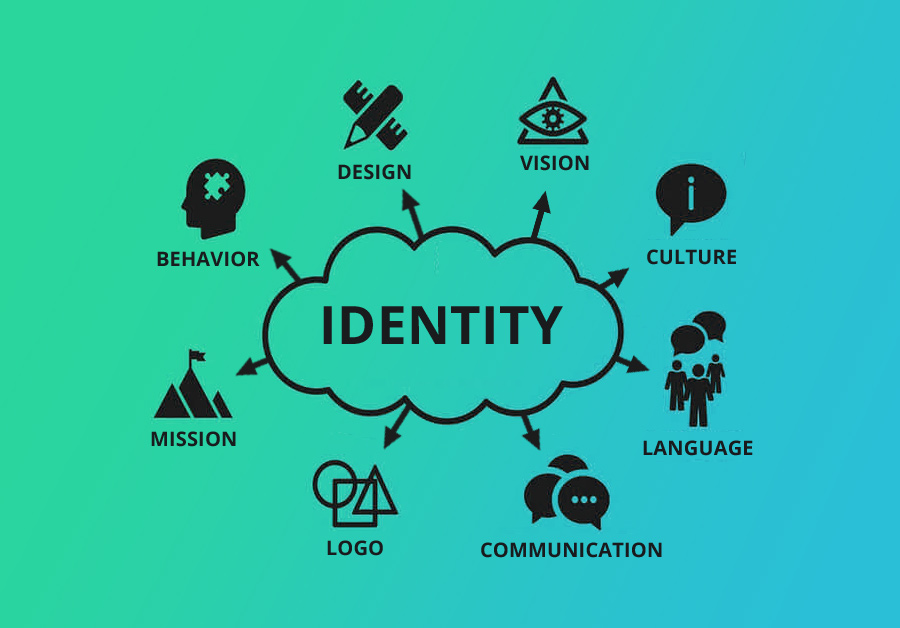Identity based views of the corporation
John M.T. Balmer of Brunel University in Londen reflects on corporate identity, in his article titled “Identity based views of the corporation”, as a spectrum of increased importance. He notes that its values as a management concept is derived from its practical and descriptive functions rather than in terms of theoretical utility. Compared to the 70’s the traits of a corporation are of great importance instead of its visual symbolism. So there is a shift in how people perceive corporations. The marketing aspect is of lesser importance than actual organizational behavior. Not what you say, but what you do is important. Not what you tell about yourself, but what you really stand for is of importance.
 The writer notes that the approach to looking at corporate identity and organizational identity are different. The first one has an overal external, customer/stakeholder focus. Its provenance is considerably older than that of an organizational identity. Reference to this concept dates back to 1964. The focus of behaviorists studying organizational identity is an internal employee. These studies have a more richer foundation.
The writer notes that the approach to looking at corporate identity and organizational identity are different. The first one has an overal external, customer/stakeholder focus. Its provenance is considerably older than that of an organizational identity. Reference to this concept dates back to 1964. The focus of behaviorists studying organizational identity is an internal employee. These studies have a more richer foundation.
From a marketing perspective corporate marketing is the term in line with efforts to influence how the general public perceives an organization. Corporate identity in this light is part of marketing concepts line branding, corporate reputation, corporate image and corporate communication. Then internal or external changes challenge decision makers to see the importance of identity management. Changes in and around the organization will effect the strategic direction of an organization and its competitors.
 From the beginning of time identity has been deeply rooted into people, communities, cultures and countries. Tensions beween “identities” have led to many alliances, revolutions and wars around the world. The “Identity Theory” enjoys a prominent place in philosophical literature. Although identities are not always clear or understood, their impact can be felt in many forms. This is also the case when it comes to organizational identity as this is a form of collective identity.
From the beginning of time identity has been deeply rooted into people, communities, cultures and countries. Tensions beween “identities” have led to many alliances, revolutions and wars around the world. The “Identity Theory” enjoys a prominent place in philosophical literature. Although identities are not always clear or understood, their impact can be felt in many forms. This is also the case when it comes to organizational identity as this is a form of collective identity.
Balmer concludes that corporate identity is so much more than meets the eye. Marketeers in the past have been following a narrow conceptualization of the identity canvas. For instance they have exclusively envisioned identity within visual aspects. They wanted to see corporate indignity in light of the corporate brand. But the writer wants to emphasize that the identity mural is much broader. Branding is a significant part of this spectrum. Today corporate identity has emerged as a primary colour in the broader identity landscape. What is learned is that we need to have a broad perspective when it comes to questions concerning corporate indignity. In this the identity views of the corporation need to be taken into consideration. All factors influencing how a corporate identity is perceived need to be taken in to be analyzed and studied. Significant insights can be gained by drawing on different perspectives. Balmer “Many of us realize that the various facets of institutional identity and identification are characterized not merely by complexity but also their richness.”
Helpful? Share it with your friends
 About the author
About the author
Derek Durgaram is an entrepreneur with a background in business consultancy. He is the brains behind Green Media, a media production company based in Curacao. GreenLine Communication is a spin off of his company, a service that offers insights and project management within the digital media domain.



